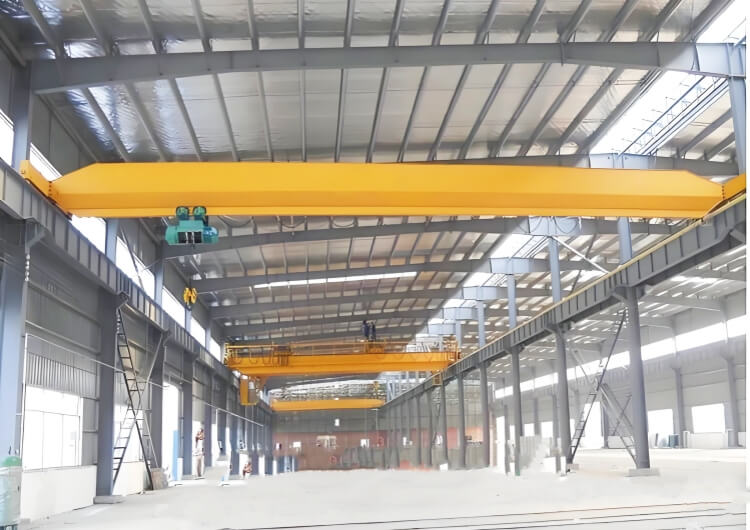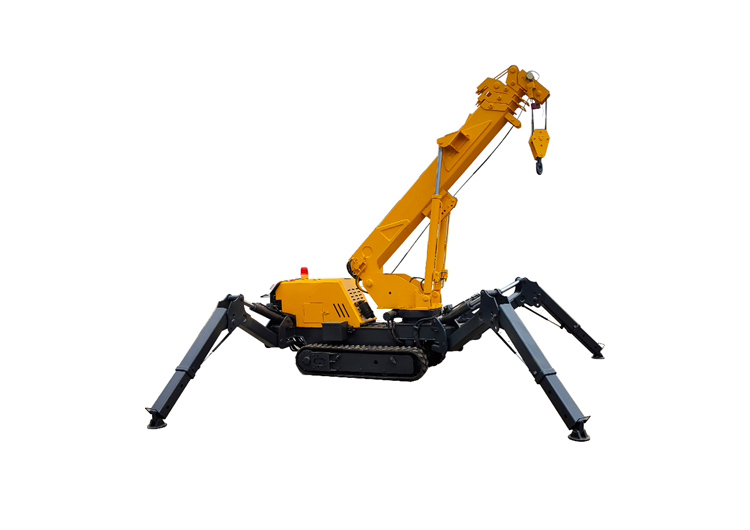Scissor Lifts Operating Guidelines
In various industries, Scissor Lifts play an indispensable role by providing a safe and efficient means of elevating workers and equipment to different heights. Ensuring the well-being of operators and those around them is of utmost importance, which necessitates strict adherence to safety guidelines and proper operating procedures. This article aims to explore the essential operating guidelines for Scissor Lifts, emphasizing the significance of safety throughout their operation.
Pre-Operation Inspection For Scissor Lifts
Before using a scissor lift, a thorough pre-operation inspection is crucial. This includes checking the platform and guardrails for stability and security, inspecting the tires and wheels for proper inflation and signs of wear, examining the hydraulic system for leaks, and verifying the electrical components for secure connections. Additionally, ensure that the load on the platform does not exceed the rated capacity of the scissor lift.
Operating Procedures For Scissor Lifts
Once the pre-operation inspection is complete and the scissor lift is deemed safe to use, follow these operating procedures:
- Level the Lift: Ensure the scissor lift is placed on a level surface. Use outriggers or stabilizers if necessary to provide additional support.
- Start the Engine: If the scissor lift is powered by an internal combustion engine, start it according to the manufacturer’s instructions and allow it to warm up.
- Raise and Lower the Platform: Use the control levers to raise and lower the platform smoothly, avoiding sudden movements that could cause instability.
- Move the Lift: When moving the scissor lift with the platform raised, proceed with extreme caution, driving at a slow speed and avoiding sharp turns.
- Work on the Platform: Always wear appropriate personal protective equipment (PPE) such as a safety harness. Avoid overreaching or leaning over the guardrails.
Post-Operation Procedures
After completing the work with the scissor lift, follow these post-operation procedures:
- Lower the Platform: Safely lower the platform to the ground level and ensure that all workers and equipment are off the platform.
- Turn Off the Engine: Turn off the engine according to the manufacturer’s instructions and allow it to cool down if necessary.
- Secure the Lift: Park the scissor lift in a designated storage area, apply the parking brake, and block the wheels to prevent accidental movement.
- Document Maintenance: Record any maintenance performed on the scissor lift to track its maintenance history.
Training and Certification
Operating a scissor lift is not a task to be taken lightly. Operators should undergo proper training and obtain certification if required by local regulations. Training programs typically cover safety guidelines, operating procedures, emergency situations, and equipment maintenance.
Emergency Situations
In case of an emergency, such as a malfunction or an accident, it is crucial to know how to respond quickly and effectively. Familiarize yourself with the emergency stop button, evacuate the platform safely, contact emergency services if necessary, and do not attempt repairs unless you are a qualified technician.
Scissor lifts are powerful tools that enhance productivity in various industries. By following the outlined operating guidelines, operators can ensure a safe and efficient work environment. Remember, safety should always be the top priority when working with scissor lifts. Regular training and maintenance are also key factors in maintaining the safe operation of these essential machines.
All News
Recent Posts
2025/1/25
2025/2/7
2024/8/1
Contact Us Now
Have questions about our cranes or need help?
Reach out to our friendly team for expert support and guidance.
We are here to help you power your journey towards a greener future !
Tel: +8615738677559
E-mail: [email protected]
Whatsapp: +8615738677559
Address: Crane Industry Park, Xinxiang City Henan Provice



